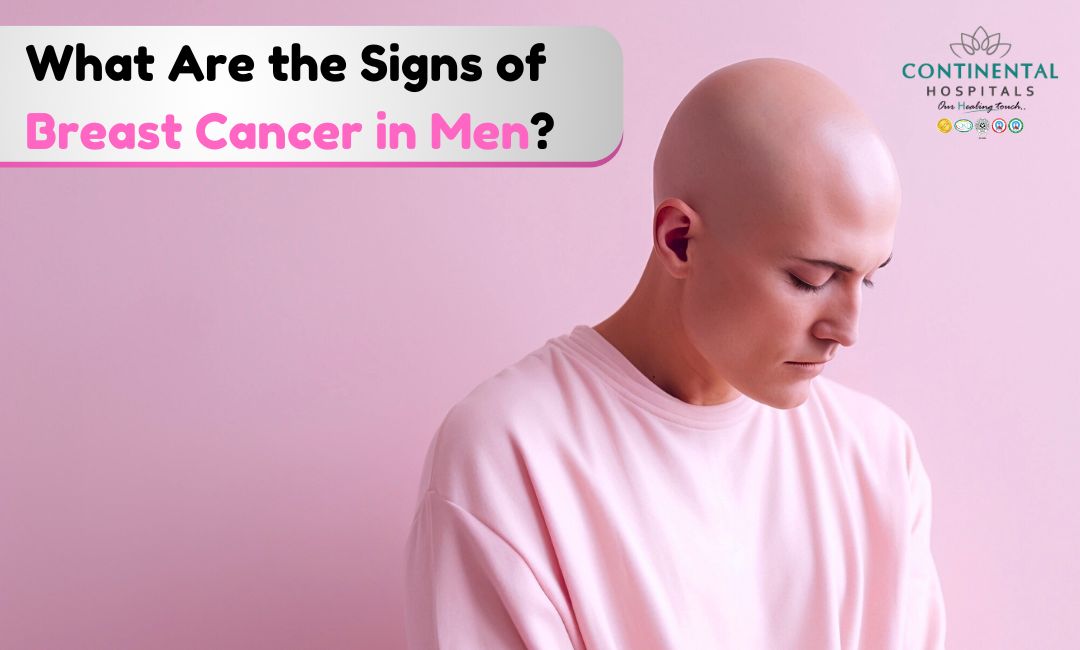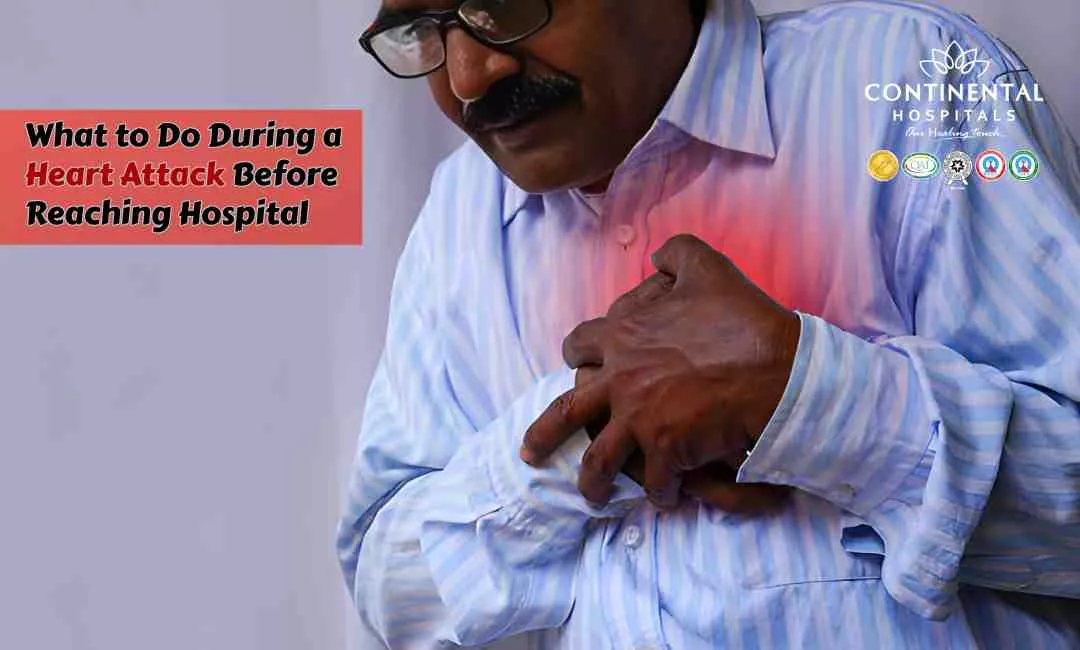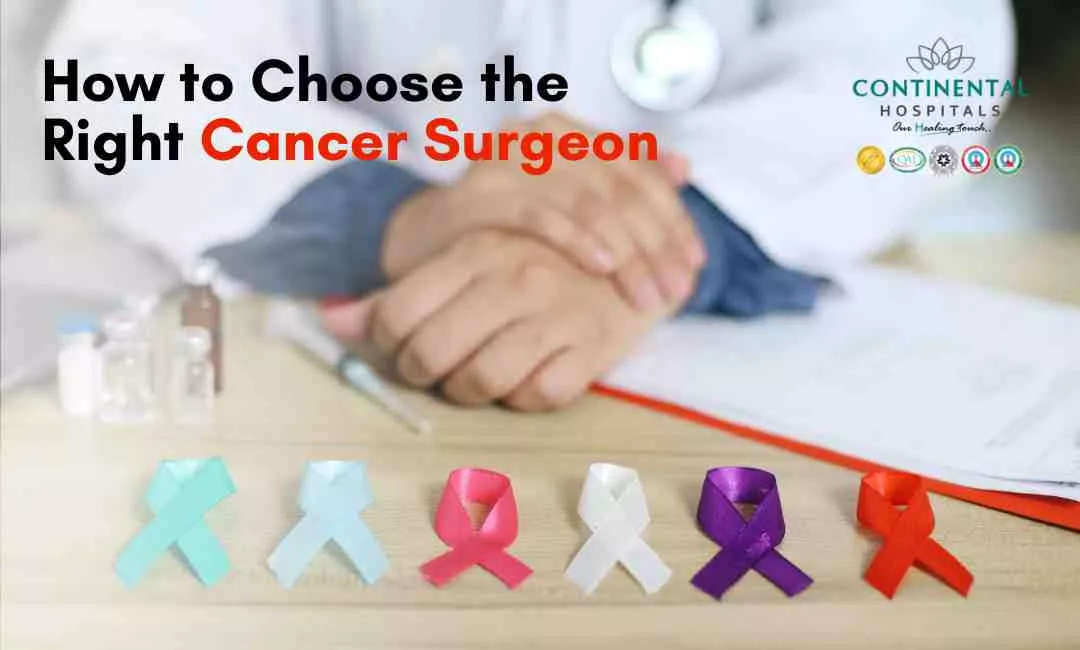Breast cancer is typically associated with women. However, it is worth mentioning that this condition is not exclusive to women; it can affect men too. Despite the rarity of breast cancer in men, it's crucial to understand its signs and symptoms for effective early detection and treatment. This blog provides a simple yet intriguing explanation of the signs of breast cancer in men, drawing from both international and Indian statistics.
Understanding Male Breast Cancer
It is a disease wherein cells in the breast tissue grow in large numbers uncontrollably. Despite having significantly less breast tissue than women, men can also develop breast cancer. According to the American Cancer Society, the lifetime risk of a man developing breast cancer is about 1 in 833. Although statistics for India are not readily available, studies indicate that the incidence of breast cancer in men is still lower than in women, but it is on the rise.
Global and Indian Statistics of Male Breast Cancer
Global Statistics: Global male breast cancer incidence is about 1.3% of all breast cancers. In 2020, the US alone saw an estimated 2,600 newly diagnosed cases.
Indian Statistics: A 2019 study found that the incidence of male breast cancer in India accounts for 1.5% of all cases and has been trending upward in recent years.
🥗 Healthy Plate Challenge
🍽 Add Your Favorite Dish
Pick Your 6 favorite foods, eat, and see the results.Drag & drop foods onto your plate.
Drop Food Here
Common Signs and Symptoms
Identification of the symptoms of breast cancer can significantly influence treatment outcomes. Here are some common signs and symptoms that men should be aware of:
Lump in the Breast
A common symptom of breast cancer in males is the presence of a lump or mass within the breast tissues. The lump is painless and can sometimes even be as rigid as a hard, marble-size nodule. A health professional should assess any new growth, even if it's not cancerous.
Changes in the Nipple
Men with breast cancer may experience changes in their nipples.
- Nipple Discharge: Pay attention to any unusual fluid coming from the nipple, especially if it is red or clear.
- Nipple Retraction: The nipple inverts inwards, indicating a change in the tissue underneath the breast.
Skin Changes
Changes in the skin covering the breast can also be signs of breast cancer. Look out for
- Dimpling or puckering: The skin of breasts may have an orange peel appearance.
- Redness or scaling: Redness or scaling may also be a red flag.
Swelling or expansion
The swelling or enlargement is another manifestation that might be associated with breast cancer, even without the presence of a lump. The deviation may be unilateral or bilateral by affecting both breasts.
Pain or discomfort
While breast cancer in men is usually painless, some feel pain or discomfort in the area of the breast. In a specific case, this symptom may cause a delay in diagnosis, as men may mistake it for a minor issue.
Lymph node enlargement.
This cancer has the potential to spread to other parts of the lymph nodes in your armpit or other lymph nodes in your collarbone region. Your physician should consult you immediately if you notice swelling or lumps in these areas, as they could indicate the spread of cancer.
Risk Factors for Breast Cancer in Men
These risk factors could potentially aid in the early diagnosis of male breast cancer.
Age: The risk of breast cancer increases with age. Most cases affect men older than 60.
Family History: A past history of breast cancer within one's family can also lead to an increased risk of breast cancer. We advise male patients to undergo genetic testing if they have relatives diagnosed with breast cancer.
Genetic Mutations: Genetic mutations within specific genes, most prominently within the BRCA1 and BRCA2 genes, can also increase the risk that a man might acquire breast cancer.
History of Radiation Therapy: Exposure to radiation in the past, such as from any radiation treatment in the chest area, increases the risk of developing breast cancer.
Excessive Body Weight: In general, a higher body weight is often associated with the development of most cancers, and that includes breast cancer.
The need for early detection
Effective treatment for breast cancer generally improves with early diagnosis. Early detection can cure most cases of breast cancer. Readily available self-exams and education on warning symptoms could result in early medical evaluation.
Diagnosing Male Breast Cancer
If a man exhibits any signs of breast cancer, it is crucial to seek medical attention promptly. The following diagnostic methods may be used:
Clinical Breast Exam: A healthcare provider will examine the breast for any lumps or abnormalities.
Imaging Tests: Mammograms and ultrasounds can help visualize any suspicious areas in the breast.
Biopsy: If a lump is found, a biopsy may be performed to determine if it is cancerous.
Treatment Options
If a male individual presents with any symptom or sign of breast cancer, he should seek immediate medical attention. You can use the following tests to diagnose the condition:
Clinical Breast Exam: A healthcare provider will conduct a manual examination of the breast to check for any lumps or abnormalities.
Imaging Tests: We conduct mammograms and ultrasounds to scan the suspicious areas in the breast.
Biopsy: If a doctor detects a lump, they may choose to conduct a biopsy to determine whether it is a tumor or not.
Treatment Plans
Men diagnosed with breast cancer are presented with a variety of treatment options, including:
In Surgery: tumor or the whole breast removal surgery termed mastectomy
Radiation Therapy: Typically, surgeons perform this procedure as an adjunct after surgery to eliminate any spread cells.
Chemotherapy: In the final stages of the disease, one can administer chemotherapy agents to counteract the cancerous cells.
Hormonal Therapy: For hormone receptor-positive cancers, one may use medications that block the body's natural hormones from feeding the cancer.
Conclusion
Despite the rarity of breast cancer diagnoses in men, it is crucial to constantly monitor its signs and symptoms. If you are attentive and conduct self-examination, even the slightest changes in the breast tissue may alert you, prompting you to seek more effective treatment options when the disease is still in its early stages. If you notice any of these signs mentioned in this blog, you should consult a health professional.
If you have concerns about your breast cancer risk, it's best to consult with a breast cancer specialist who can assess your individual risk factors
.webp)














